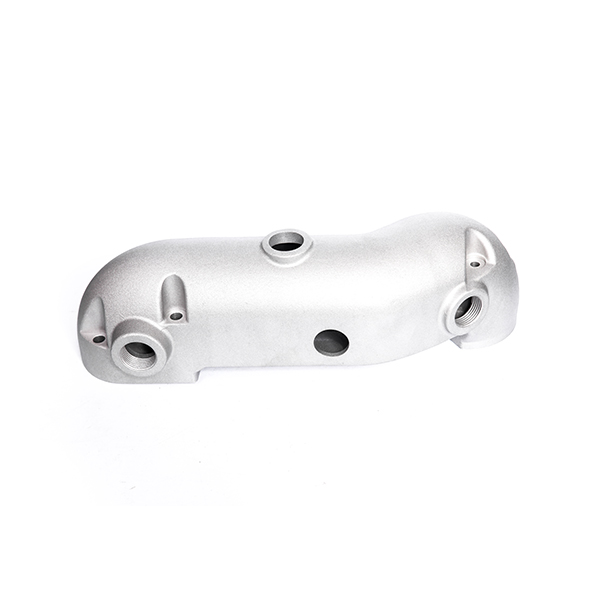Mobile:+86-311-808-126-83
Email:info@ydcastings.com
impeller centrifugal
Understanding Impeller Centrifugal Pumps Mechanics and Applications
Centrifugal pumps are critically important in various industries, serving as essential machinery that facilitate fluid movement. Central to their design and operation are impellers—components that play a vital role in maximizing efficiency and performance. This article explores the mechanics of impeller centrifugal pumps, their working principles, designs, applications, and advantages.
What Are Centrifugal Pumps?
Centrifugal pumps are mechanisms that use rotational energy to move fluid through a piping system. They operate by converting rotational kinetic energy into hydrodynamic energy, effectively moving liquids from one place to another. The cornerstone of centrifugal pumps is the impeller, which is responsible for adding energy to the fluid, thereby increasing its velocity and enabling it to overcome resistance caused by piping systems, valves, and other restrictions.
Mechanics of Impellers
The impeller in a centrifugal pump is typically a rotating disk with vanes or blades attached. When the impeller spins, it generates centrifugal force, pushing the fluid outwards through the vanes and into a diffuser or volute casing. The design of the impeller—aspects such as its shape, size, and number of blades—directly impacts the efficiency and performance of the pump.
1. Types of Impellers - Closed Impellers Feature two shrouds that enclose the vanes. This design maximizes efficiency and is often found in applications requiring high pressure. - Open Impellers Have no shrouds, allowing for easy passage of solids but typically resulting in lower efficiency and higher wear rates. - Semi-Open Impellers Combine features from both closed and open designs, providing a balance between efficiency and the ability to handle solids.
2. Functioning The basic operation of a centrifugal pump involves fluid entering the pump at the eye of the impeller through an inlet port. As the impeller rotates, it imparts kinetic energy to the fluid, pushing it outward. The fluid then exits the impeller and enters the diffuser. Here, the high-velocity liquid’s kinetic energy is converted into pressure energy, allowing it to move efficiently through the system.
impeller centrifugal

Applications of Impeller Centrifugal Pumps
Centrifugal pumps with impellers are used in numerous applications across industries
- Water Supply In municipal water systems for distributing drinking and irrigation water. - Chemical Processing For moving corrosive liquids or chemicals in pharmaceutical and food processing industries. - Oil and Gas To transport crude oil, natural gas, and refined products. - HVAC In heating, ventilation, and air conditioning systems for circulating water or refrigerants. - Fire Protection Systems For providing the necessary water pressure to extinguish fires.
The versatility and efficiency of impeller centrifugal pumps make them ideal for numerous applications, ensuring a steady flow of fluids in various operational conditions.
Advantages of Impeller Centrifugal Pumps
1. High Efficiency Impeller designs can be optimized for specific fluid types and system requirements, improving operational efficiency. 2. Simple Design The design of centrifugal pumps is generally straightforward, leading to easier maintenance and lower manufacturing costs. 3. Versatility Capable of handling a wide range of fluid types, including viscous liquids and those with suspended solids. 4. Continuous Flow Provide a continuous and smooth flow of fluids, which is essential for many industrial processes.
Conclusion
Impeller centrifugal pumps are a cornerstone of fluid mechanics, powering various industries by efficiently transferring liquids. Understanding the mechanics of impellers and their applications can help in selecting the right pump for specific needs, ensuring optimal performance and energy efficiency. As technology evolves, we can expect further advancements in impeller design and functionality, promising even greater efficiencies and broader applications in the future.
-
What Makes Stainless Steel Pump Casting Essential for Modern Industries?NewsJul.14,2025
-
Revolutionize Your Engine Maintenance with Premium Aluminum and Cast Iron ComponentsNewsJul.14,2025
-
Precision Flow Engineering Starts with the Right Pump ComponentsNewsJul.14,2025
-
Maximize Efficiency: Explore Reliable Containment and Crop SolutionsNewsJul.14,2025
-
Discover Superior Performance with Advanced Turbo ComponentsNewsJul.14,2025
-
Boost Fluid Dynamics with Precision-Engineered Pump ComponentsNewsJul.14,2025











